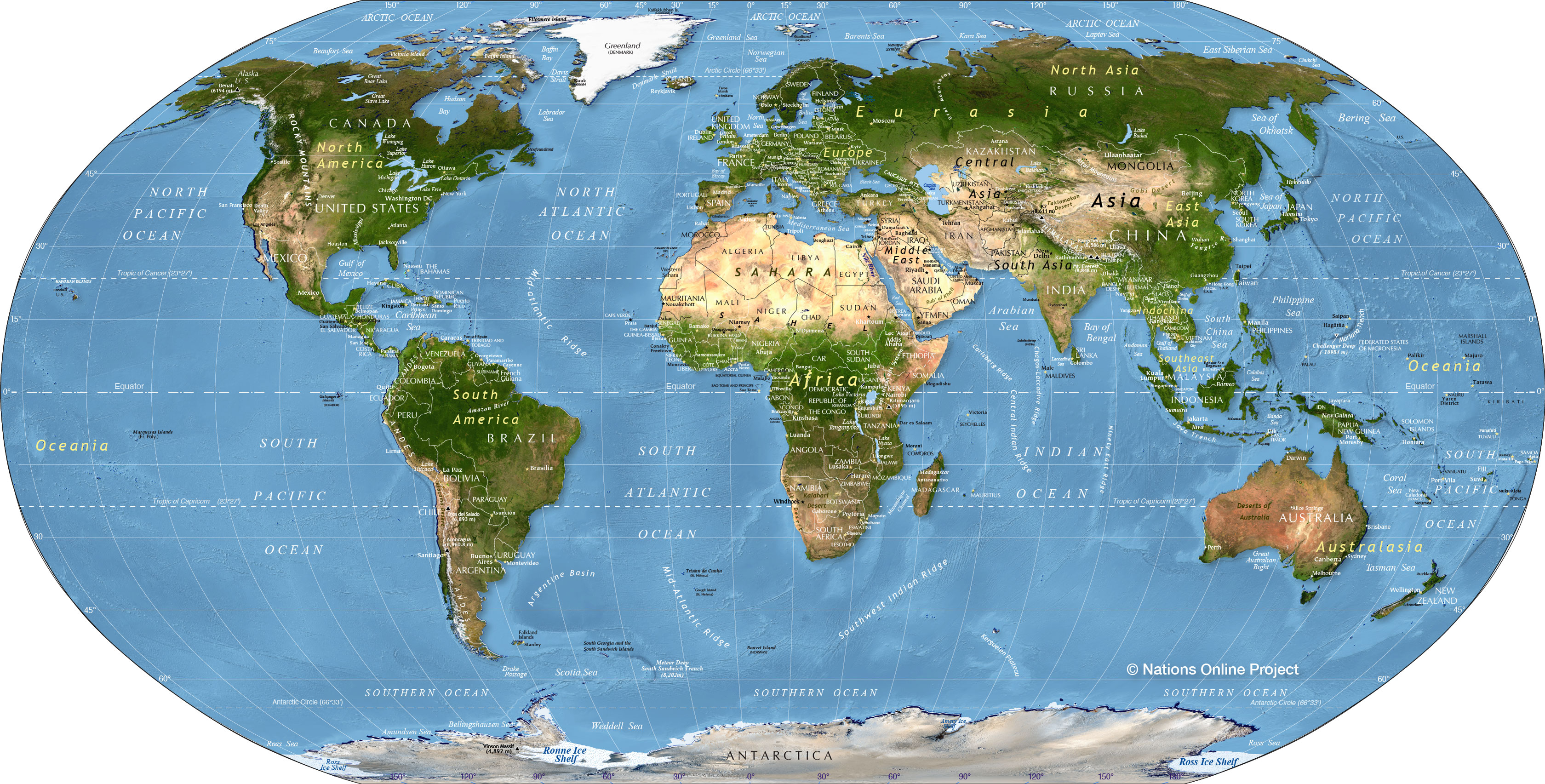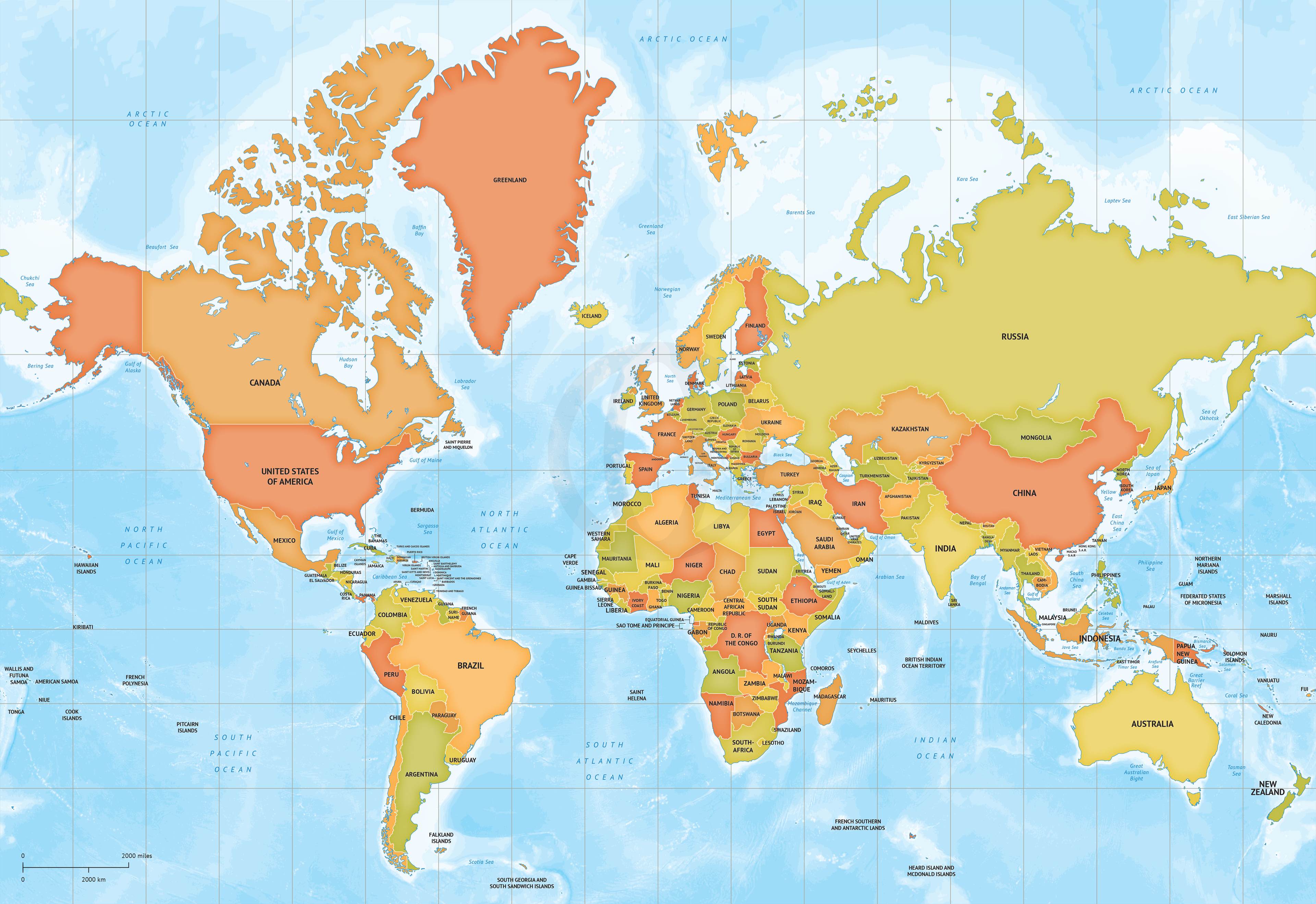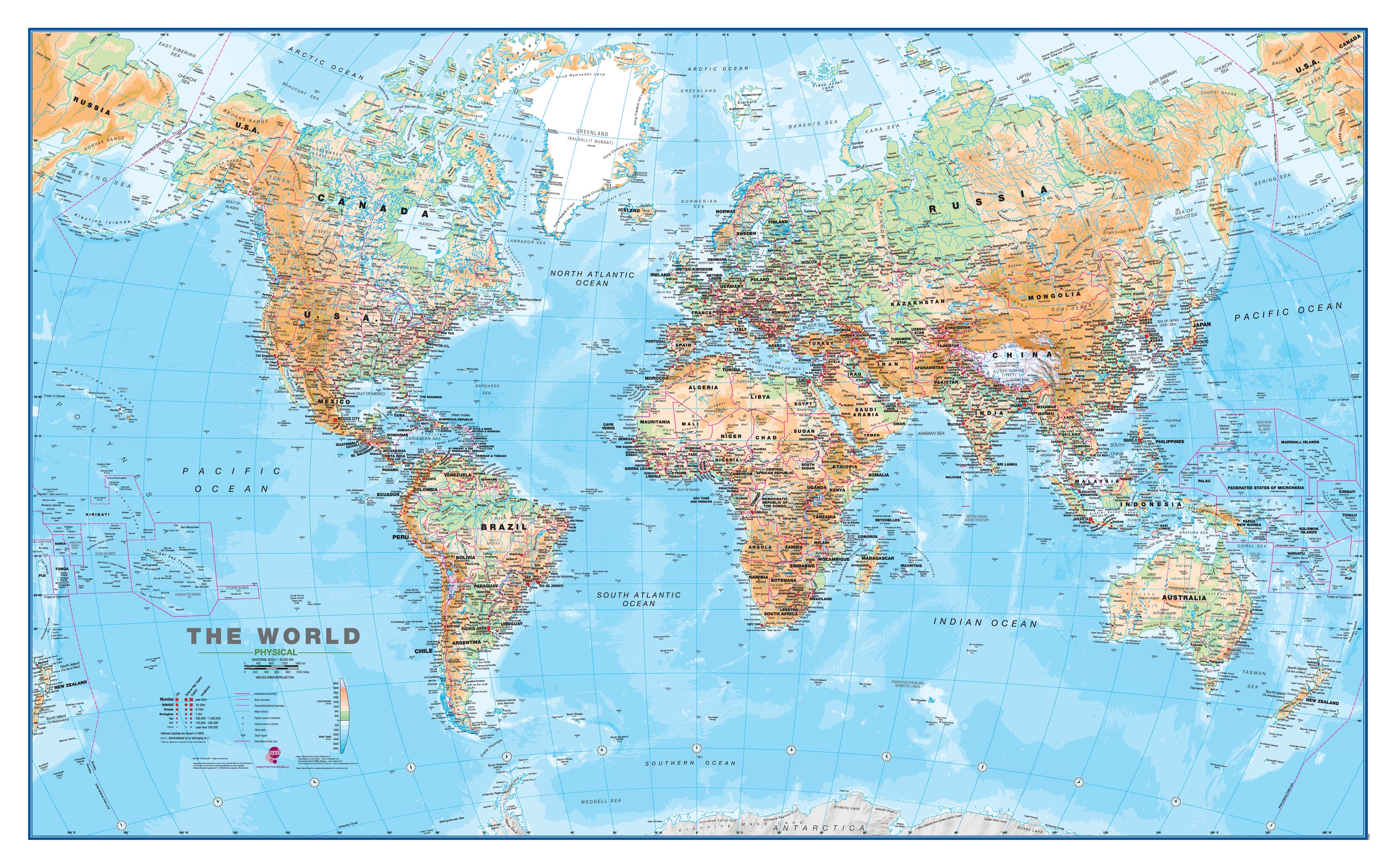
Forget the typical tourist map that highlights highways and landmarks. Imagine instead a map where the land speaks of sustenance, where every river and mountain range tells a story of survival, ingenuity, and profound cultural identity. This is the essence of a "Map of Native American Food Systems" – not merely a static depiction of what was, but a vibrant, living testament to the deep, reciprocal relationship between Indigenous peoples and their ancestral lands. For the curious traveler and the avid history enthusiast, this map is a portal to understanding the true roots of North America, revealing a tapestry woven from millennia of ecological knowledge, sustainable practices, and an unwavering connection to food as the bedrock of life.
A Pre-Colonial Symphony of Sustenance: Adapting to Every Niche
Before European contact, North America was a mosaic of diverse ecosystems, each supporting intricate and sophisticated Native American food systems. This map vividly illustrates how Indigenous communities thrived by intimately understanding their local environments, developing highly specialized and sustainable methods of food acquisition and preservation.
From the Arctic Circle to the Florida Keys, and from the Pacific to the Atlantic, the map would highlight distinct food regions, each defined by its dominant resources and the cultural practices that evolved around them:

-
The Agricultural Heartland (Southwest, Southeast, Northeast): The Three Sisters and Beyond
- In areas like the Southwest (Pueblo, Navajo, Hopi), the map would show vast irrigation systems, often millennia old, supporting the cultivation of corn, beans, and squash – the sacred "Three Sisters." This polyculture system, where each plant supports the others, exemplifies ecological genius. Corn provides a stalk for beans to climb, beans fix nitrogen into the soil, and squash leaves shade the ground, retaining moisture and deterring pests. Beyond the Three Sisters, the Southwest cultivated chile peppers, amaranth, and various gourds, adapting drought-resistant varieties to arid landscapes.
- Similarly, in the Southeast (Cherokee, Choctaw, Creek, Seminole) and Northeast (Iroquois, Wampanoag, Lenape), the Three Sisters formed the backbone of sedentary agricultural societies. These communities also managed extensive orchards of fruit trees (like plums and persimmons), cultivated sunflowers for oil and seeds, and harvested wild rice from wetlands, demonstrating a sophisticated understanding of seasonal cycles and resource management. The map would pinpoint areas of intensive cultivation, suggesting settled villages and complex social structures that agriculture facilitated.

-
The Hunter-Gatherer Arc: From Bison Plains to Coastal Abundance
- The Great Plains (Lakota, Cheyenne, Comanche, Pawnee) region on the map would be dominated by the bison. These massive herds were not merely hunted; they were central to life, providing meat, hides for shelter and clothing, bones for tools, and even dung for fuel. The map would trace seasonal migration routes of bison and the Indigenous peoples who followed them, illustrating a dynamic, nomadic lifestyle predicated on the movements of this keystone species. Pemmican, a highly nutritious dried meat and berry mixture, would be a key marker of their food preservation techniques.
- Along the Northwest Coast (Haida, Tlingit, Salish, Kwakwaka’wakw), the map would be awash with salmon runs, depicted as vibrant lines flowing up rivers. Salmon, along with halibut, cod, and marine mammals like seals and whales, provided such immense bounty that these communities developed complex, sedentary societies without extensive agriculture. Elaborate smoking and drying techniques allowed for year-round consumption, and the map would also highlight areas rich in berries, roots (like camas), and shellfish, demonstrating a diverse coastal diet.
- The Arctic (Inuit, Yup’ik) and Subarctic (Dene, Cree) regions would show a stark reliance on marine mammals (seals, whales, walruses), caribou, fish, and migratory birds. The map would emphasize the ingenuity required to survive in extreme climates, with sophisticated hunting tools and a deep knowledge of animal behavior.
- The Great Basin (Shoshone, Paiute) would showcase a highly mobile foraging strategy, adapting to arid landscapes by harvesting pine nuts, various seeds, roots, and small game. This region exemplifies resilience and an encyclopedic knowledge of desert flora and fauna.
- California (Pomo, Chumash, Yokuts) would be depicted as a land of incredible biodiversity, with acorns as a staple food, alongside a vast array of seeds, berries, roots, and game. The map would highlight intricate systems for processing acorns, leaching tannins to make them edible, and sophisticated basketry for gathering and storage.


This pre-colonial view of the map reveals not just different foods, but different ways of life – each deeply connected to and shaped by the specific ecological conditions and the sophisticated knowledge systems developed over thousands of years. It’s a testament to human adaptability and the incredible sustainability of Indigenous practices.
The Cataclysm of Colonization: Disruption and Resilience
The arrival of European colonizers marked a catastrophic turning point for Native American food systems, a shift that the map, when viewed through a historical lens, powerfully illustrates. The lines on the map begin to blur, shift, and then often disappear, replaced by stark new realities.
- Land Dispossession and Resource Depletion: European expansion was fundamentally about land acquisition, which directly meant the loss of ancestral hunting grounds, agricultural fields, fishing rivers, and foraging areas. The map would show shrinking Indigenous territories, replaced by colonial farms, towns, and later, industrial development.
- Deliberate Destruction of Food Sources: In many instances, the destruction of Indigenous food sources was a deliberate tactic of warfare. The most infamous example is the near extermination of the bison herds on the Great Plains in the 19th century, designed to starve and subdue the Plains tribes. This act, devastatingly depicted on the map as vast areas suddenly devoid of their primary food source, crippled the Lakota, Cheyenne, and other nations, forcing them onto reservations.
- Forced Relocation and Reservations: The map would trace the forced migrations, such as the infamous Trail of Tears, which uprooted Southeastern nations from their fertile homelands and resettled them onto unfamiliar, often less productive lands in Indian Territory (present-day Oklahoma). On reservations, Indigenous peoples were often confined to small parcels of land, unable to practice traditional hunting, fishing, or large-scale agriculture. They became dependent on government rations, often consisting of commodity foods like flour, sugar, and lard – a stark contrast to their nutrient-rich traditional diets.
- Cultural and Spiritual Disconnection: Beyond the physical loss of food, the disruption severed deep cultural and spiritual ties. Food was not merely sustenance; it was prayer, ceremony, medicine, and a teacher of intergenerational knowledge. The loss of traditional foodways contributed to a profound sense of displacement and cultural trauma, which the map silently echoes in its depiction of fragmented communities.
This period, visually represented on the map by encroaching borders and diminishing traditional territories, laid the groundwork for many of the health disparities and food insecurity issues faced by Native American communities today, including high rates of diabetes, heart disease, and other diet-related illnesses stemming from the forced adoption of nutrient-poor diets.
Food as Identity: A Living Legacy and the Path Forward
The "Map of Native American Food Systems" is far more than a historical artifact; it is a powerful statement about identity, resilience, and the ongoing struggle for self-determination. For Indigenous peoples, food is not merely calories; it is a profound expression of who they are, where they come from, and their connection to their ancestors and the land.
- Cultural Anchors: Traditional foods are deeply intertwined with language, ceremonies, stories, and social structures. Sharing a meal of salmon, corn, or wild rice is an act of cultural continuity, connecting present generations to millennia of tradition. The map, therefore, also represents a geography of cultural memory.
- Spiritual Significance: Many Indigenous cultures view food as sacred, a gift from the Creator and the land. Harvesting, preparing, and consuming traditional foods are often accompanied by prayers and rituals, reinforcing a worldview of gratitude and reciprocity. The map points to these sacred geographies of sustenance.
- Medicinal Value: Traditional Indigenous diets were inherently healthy, rich in lean protein, fiber, and micronutrients. The knowledge of medicinal plants, often gathered alongside food, is also part of this holistic food system. The map subtly highlights the biodiversity that supported not just physical health, but spiritual well-being.
- The Food Sovereignty Movement: Today, the map serves as an inspiration for the burgeoning Indigenous food sovereignty movement. This movement is about reclaiming control over traditional food systems, ensuring that Native communities have the right to define their own food policies, grow their own foods, fish their own waters, hunt their own game, and gather their own plants. The map provides the historical blueprint for these efforts, showing what was lost and what is being revitalized.
- Seed Saving and Heritage Varieties: Efforts to preserve and replant ancestral seeds, like heritage corn varieties, are bringing back foods that were nearly lost.
- Bison Reintroduction: Across the Plains, tribal nations are working to re-establish bison herds, not only for food but also for ecological restoration and cultural revitalization.
- Community Gardens and Farms: Many reservations and urban Indigenous communities are establishing community gardens and farms to grow traditional foods, provide fresh produce, and teach younger generations about their food heritage.
- Language and Food: Revitalizing Indigenous languages often goes hand-in-hand with revitalizing foodways, as the names for plants, animals, and food preparation techniques are embedded in the language.
Conclusion: A Map for the Future
A "Map of Native American Food Systems" is an indispensable tool for anyone seeking to understand the true depth of North American history and the enduring legacy of its Indigenous peoples. For the traveler, it offers a pathway beyond superficial attractions, inviting a deeper engagement with the land and its original stewards. It encourages seeking out Indigenous-led food tours, farmers’ markets, and cultural centers that are actively engaged in food revitalization. For the history enthusiast, it transforms abstract dates and events into tangible connections to land, life, and survival.
This map is a testament to the fact that food is never just food. It is history etched into the landscape, identity woven into every meal, and a powerful symbol of resilience against centuries of attempted erasure. It teaches us about ecological wisdom, sustainable living, and the profound human connection to the natural world. By understanding this map, we don’t just learn about the past; we gain invaluable insights into building a more sustainable, equitable, and respectful future for all. It’s a journey not just across geography, but through flavor, history, and the unbreakable spirit of Indigenous nations.


